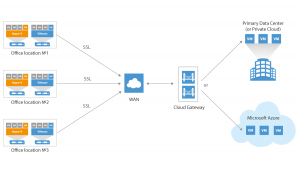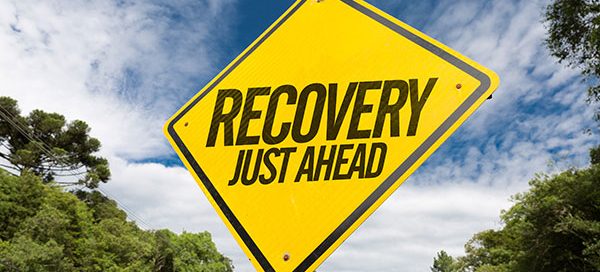The advancement of Cloud Solutions has changed the landscape of Disaster Recovery options. In our two previous editions from this series we examined the impact on the Business Impact Analysis, and The Disaster Recovery Plan. Today we will examine the most popular portion of a DR solution. The Infrastructure.
How do I determine what Hardware I Need in Disaster Recovery?
Look no further than part 1 in this series mentioned above. Your Business Impact Analysis is very important for this reason. Traditional DR said, setup up your production environment, then buy a replication solution and possibly an automated failover tool such as VMWare SRM (Site Recovery Manager), and then buy the exact blueprint of hardware for DR. This is where Cloud now makes a big difference in today's approach to Disaster Recovery. Given the ability to provision servers in hours or less, the idea that you need the same setup in DR as Prod, goes out the window. As Lee said in part 1, "Don't build the church for Easter Sunday." So at a minimum, you need to replicate your data so it is ready. Tapes are no longer an option here for DR in the cloud. Additionally, ample compute for 1 hour RTO workloads should be at least in reserve. After that, you can consider provisioning as needed during the actual disaster.
Which Clouds are ideal for DR?
I have long said that cloud computing is a race to the bottom between Microsoft Azure and Amazon Web Services. I still think this is true to some point. I like Azure better for a lot of reasons, but the two biggest are 1) compliance such as FedRamp, HIPAA etc. Microsoft has been in the enterprise space for many years. They have the standards to meet enterprise compliance requirements. 2) Microsoft's software stack. Combining the ability to license components of DR such as SQL in Azure provides a nice combination for our clients at a bundled offering from Microsoft.
Another approach that I really like as well, are purpose built clouds from providers such as New Cloud. By building a standardized DR package around selected solution providers such as Veeam and Zerto, companies can deliver a very nicely packaged and managed solution. At a very affordable price. This is what Cima's Disaster Recovery as A Service offering is predicated on.
How do I get my data to the Cloud?
This is where Veeam Cloud Connect comes in. This product is a nice add on to Veeam's Backup and Recovery solution that extends the local backup to the cloud provider of your choice.

This eliminates complexity by removing the need to maintain a VPN connection and it improves security by encapsulating all backup and management traffic into a single port. This creates the basic foundation of the DR in the Cloud offering.
What do I do in event of a disaster?
This is where the next section of our series (Part 4 - "The Plan") comes in. So tune in next week and we will talk about how to insure smooth operations in the event you need to failover to DR.


Leave a comment!